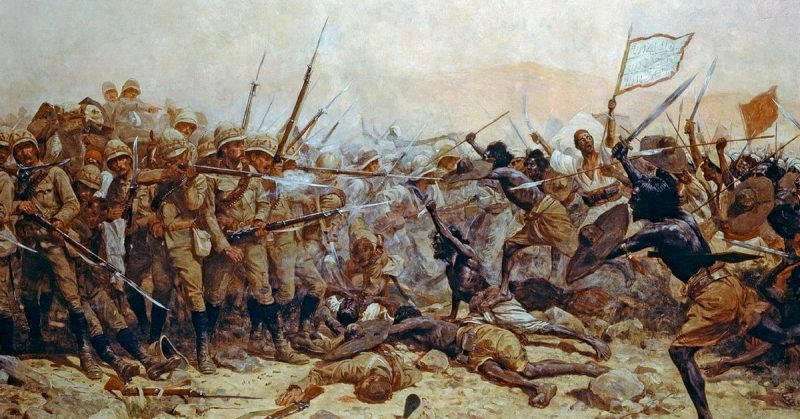Soldiers were seldom treated with great respect by the Victorian British establishment. Despite the prestige given to great acts of heroism and important leaders, the lives of ordinary soldiers were tedious, unglamorous and poorly rewarded.
Fortunately for the soldiers, there were a few reformers set on changing this. The Whig politician Lord Howick used his stints as Secretary of War (1835-9) and Colonial Secretary (1846-52) to improve the lives of ordinary soldiers.
Spurred on by an 1836 report into corporal punishment, and by Henry Marshall and Alexander Tulloch’s statistical investigations into sickness and mortality in the army, he fought against tight-fisted and conservative wings of government to introduce a series of much-needed reforms.
1. Punishment Reforms
Reform of military punishments began in 1829 when the nearly unlimited power of courts-martial began to be restrained. For the first time, they were limited to a maximum of 500 lashes as a physical punishment – still a terrible ordeal for anyone to endure. This was reduced again several times, reaching 50 lashes in 1846. The number of men punished in this way also fell, imprisonment being used as a more humane alternative.
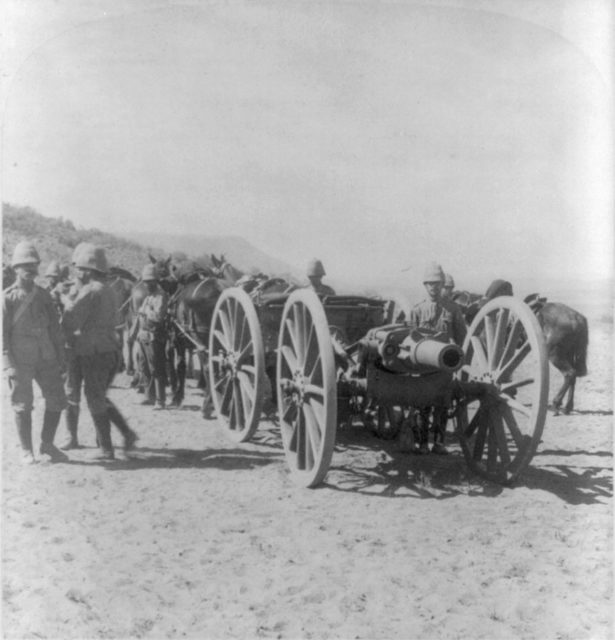
At the same time, transportation to Australia ended, soldiers no longer being ripped away from homes and family as a punishment. Branding remained in use until 1871. Flogging followed it out of the army, its use ending completely in 1881.
2. Good Conduct Pay
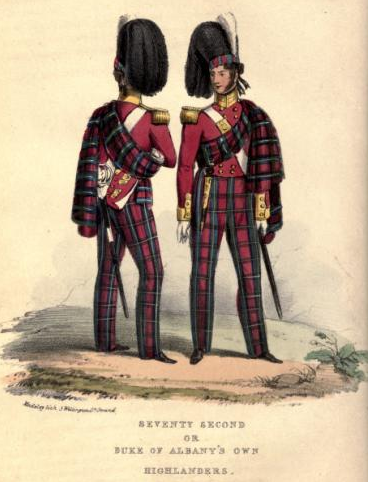
As this range of punishments highlights, discipline in the early Victorian army focused on punishing bad behavior rather than rewarding good behavior. Howick sought to change that.
During his time as Secretary of War, Howick introduced good conduct badges. Good behavior by ordinary soldiers would be publically praised and acknowledged, lending it a status beyond being the default. As any teacher knows, rewards are generally more effective than punishments, and this would have pragmatic effects as well as providing a disciplinary alternative to the lash.
More importantly for the men themselves, there was good conduct pay to go with the good conduct badges. Disciplined behaviour now came with material rewards.
3. Regimental Savings Banks
What soldiers did with their money had long been a problem. Often bored and stationed far from home, many spent their money on getting drunk. Their pay gone, they came out of the army no better off than they had entered it.
Howick authorized a system of regimental savings banks into which men could put their pay. This created an opportunity to save towards a better future and to provide funds for wives and families. These savings could be used to augment pensions, setting soldiers up for life.
4. Libraries
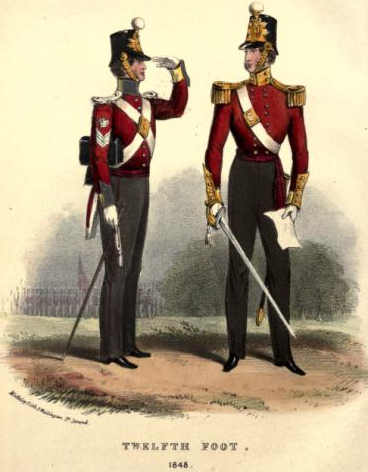
Better education was a common concern of reformers everywhere in Victorian society. The army was no exception.
In the 1830s, libraries were created at the principal barracks stations. These gave men access to entertainment and education of a kind that would have been inaccessible to many in their previous lives.
5. Schools
From 1846, this educational focus was enhanced by regimental schools. Now soldiers had access not just to books but to a formal education.
Illiteracy was rife at the time these schools were set up. For some men, the schools provided their first opportunity to learn how to read and write. It allowed them to make the most of their libraries and provided a skill that would prove invaluable in their lives and careers after leaving the army.
6. Games and Exercise
An emphasis on clean living and moral character make many Victorian reformers appear like tedious puritans to modern eyes. But Howick recognized that there was more to life, and to improving military morale, than work and self-improvement.
As a result, he encouraged the men running barracks’ to provide equipment for games and exercise. Like the libraries, this provided entertainment as well as an opportunity for improvement, making soldiers’ lives both healthier and more enjoyable.
7. Better Diets
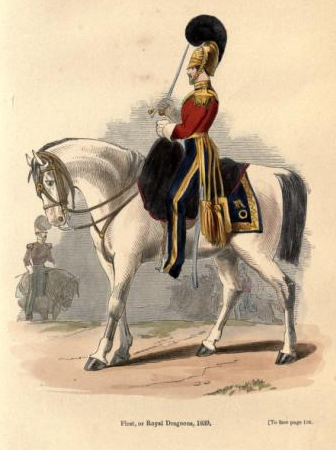
Tulloch’s research had highlighted a vast level of wasted manpower and suffering among the men, brought about by failures in the fundamentals of army life. Prime among the problems was diet, with a direct link found between army rations and poor health.
Howick was quick to act on this. He brought in measures to improve men’s diets, reducing the consumption of salt meat and introducing more hot meals. Free rations of spirits were abolished, a move which was doubtless unpopular, but which helped to improve physical well-being in the army.
Such changes were costly, and so were one of the areas where Howick found himself fighting the Treasury for the sake of the soldiers.
8. Barracks Renovations
The other great reform driven by Tulloch’s work – and the one where Howick faced the greatest struggle – was the rebuilding and replacement of barracks buildings. Many of these facilities were poorly made and long neglected death-traps. Something had to be done, and Howick was the man to do it.
Here he faced not just the Treasury but also the Ordnance, the department responsible for military buildings. The Ordnance was a bureaucracy at its worst, notoriously slow to act. On top of this, barracks reform involved working across departments, adding extra layers of red tape. Despite the evidence from medical officers and the reforming zeal of Howick, it took 11 years to repair a condemned barracks in Trinidad, and 20 to erect a much-needed new barracks block in the Bahamas.
For all the delays, this was vital work, making soldiers’ live healthier and more comfortable.
9. Shorter Overseas Postings
With the British Empire stretching all around the globe, soldiers often had to serve far from home, in climates that were unfamiliar and unpleasant for them. Howick brought in shorter periods of overseas duty, reducing the time any individual soldier would have to spend at these uncomfortable stations.
